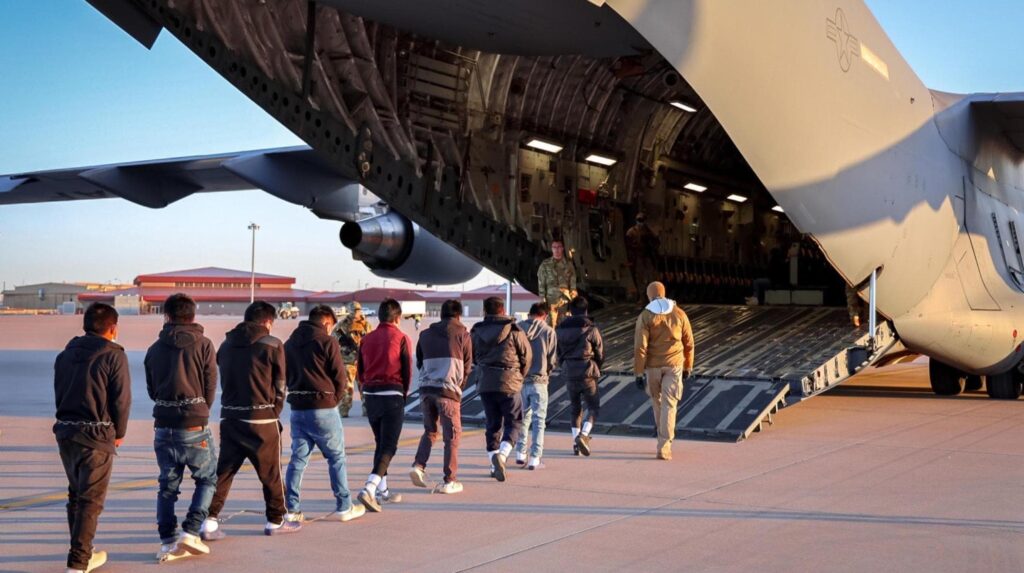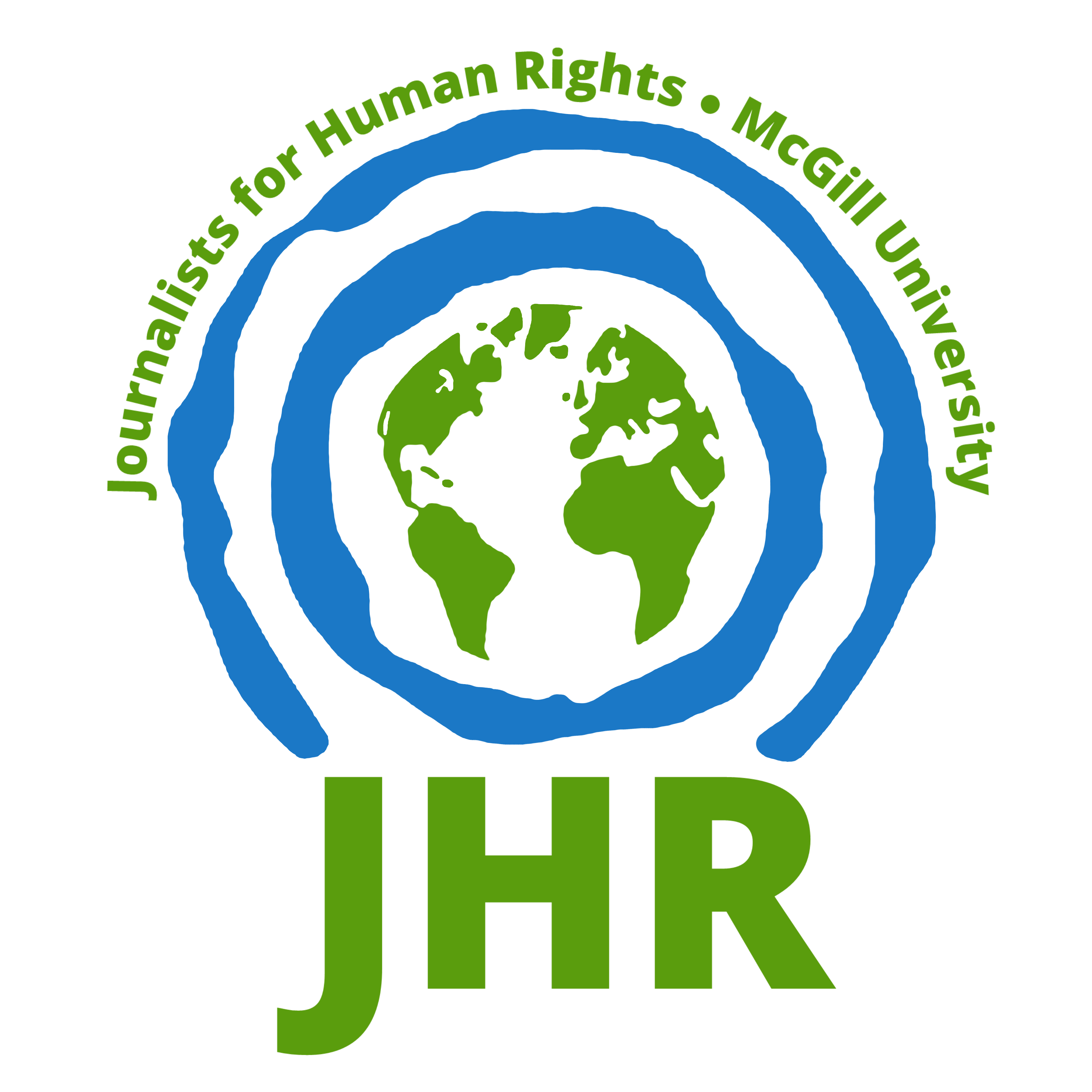When Donald Trump was inaugurated in 2017, he promised mass deportations as a central part of his immigration agenda. In the years that followed, Immigration and Customs Enforcement (ICE) became a symbol of fear across the country, carrying out high-profile raids in schools, hospitals, churches, and workplaces. Families have been torn apart, and communities were left to grapple with the erosion of fundamental rights and dignity.
For nearly a decade, ICE along with Customs and Border Protection had observed the idea of “sensitive locations,” refraining from targeting schools, medical facilities, and places of worship. This practice was meant to ensure that immigrants, regardless of legal status, could access education, healthcare, and religious services without fear of deportation. But the Trump administration dismantled those protections on January 1, 2025, unleashing a wave of arrests in places once considered safe. Parents began pulling their children out of school because they were worried about ICE raids, and children were scared to go to school in fear that their parents wouldn’t be home when they came back. Doctors and hospital workers, who are ethically bound to treat all patients, found themselves forced into a new role: silent witnesses to ICE’s overreach.
Trump officials framed these operations as national security measures, claiming the focus was on “criminals.” Yet many of those targeted were ordinary families and long-term American residents who had no criminal record. In fact, ICE agents wrongfully interrogated U.S. citizens, including Native Americans and Puerto Ricans. Critics argue that this was less about safety than about meeting quotas for arrests, an effort that weaponized immigration enforcement at the expense of basic human dignity.
The crackdown went beyond raids. At the outset of his term, Trump halted the U.S. refugee resettlement program and restricted asylum claims, leaving 3.6 million cases stalled. For many, this meant homelessness, exposure to violence, and an indefinite wait in dangerous conditions. Families seeking refuge were turned away without a hearing, a violation of long-standing legal protections and international human rights norms. Trump’s policies also expanded the use of detention. ICE began arresting immigrants without warning at work, during routine check-ins, and even after court proceedings. The administration argued that detention was mandatory for anyone awaiting deportation, whether they had lived in the U.S. for “25 minutes or 25 years.” “Although judges typically release detainees upon their agreement to comply with immigration courts, many immigrants still faced indefinite detention in overcrowded and unsafe facilities.
Unlike his predecessor, Barack Obama, who directed immigration enforcement toward individuals considered threats to national security or public safety, Trump made all undocumented immigrants enforcement priorities. The lack of prioritization overwhelmed the system, creating fear not only among undocumented individuals but also among their family members and communities who were indeed US citizens.
One of the most alarming developments emerged in September 2025, when the Supreme Court issued a brief, unsigned order clearing the way for ICE to use racial profiling in raids. The decision overturned previous restrictions that had prevented ICE from stopping people based solely on appearance, language, or workplace. Civil rights advocates warn that this ruling gives federal agents unchecked power to detain individuals based on skin color, eroding the basic principle of equal protection under the law. ICE’s presence also extended to courthouses. Immigration lawyers and judges reported a chilling effect, as immigrants, both documented and undocumented, avoided court appearances out of fear of arrest. This not only undermined immigration proceedings but also the broader justice system, as victims and witnesses hesitated to testify in criminal cases.
The human cost of these policies is difficult to quantify yet easy to feel. Families living in fear, children afraid to attend school, and communities losing their trust in their institutions represent only part of the damage. The shift toward dehumanizing enforcement has normalized abuse, neglect, and profiling in ways that may take decades to undo. The consequences reach beyond undocumented immigrants, challenging the nation’s commitment to human dignity, equality, and justice.

Edited by Emma Ristic and Norah Nehme.




